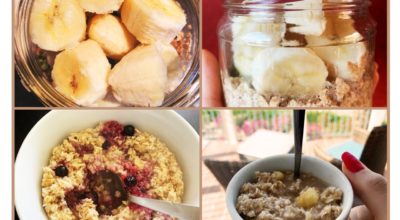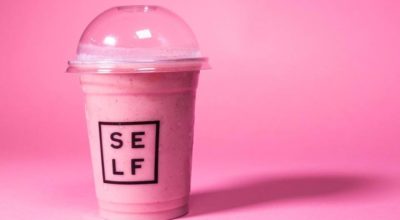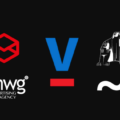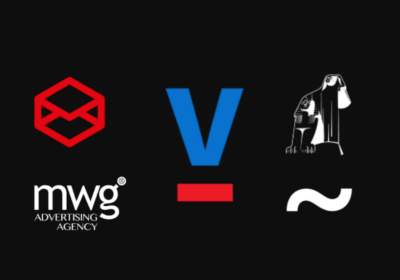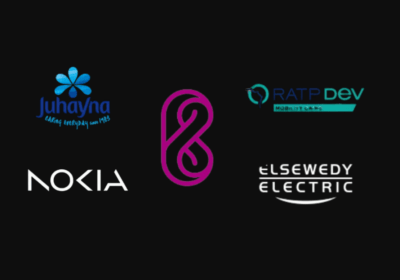Since COVID-19, e-marketing has surged—and with it, a massive shift toward online shopping. In lockdown, many people transformed their hobbies into personal brands. But launching a brand is far more than just creating an Instagram page, picking a name, or choosing a color palette.
It takes patience, consistency, and a lot of behind-the-scenes work. This isn’t fantasy—it’s a long-term commitment where success grows from real strategy. If you’re ready to turn passion into purpose, here are key steps to build a brand that lasts:
1. Start with Solid Market Research
Research is your brand’s GPS.
Analyze the market. Identify competitors within your niche across all platforms. This helps you map out your direction and find the market gap you’re meant to fill—your Unique Selling Proposition (USP).
Your USP is your north star. It defines what makes you different.
For Instance:
• Talabat filled a massive gap by delivering household needs and cravings all in one platform—fast.
• Haxel introduced the first 100% Egyptian running shoes, setting a bold, new product category in motion.
These brands stood out because they solved real problems through strong research.
2. Define Your Target Audience
Who are you talking to—and are you really listening?
Your market research should lead you to the right audience. Use surveys and questionnaires to understand their pain points, habits, and preferences. This will help you tailor both your messaging and product.
Example:
Plumpy Curls, a sub-brand of GCurls, built its entire range around curly hair care. Their seasonal formulas (humidity-proof for summer, nourishing for winter) respond directly to what their target segment needs.
3. Build a Strong Brand Identity
Your brand needs more than a name—it needs a feeling.
Start with a name that reflects your values and vision. Then, craft a visual identity that translates your personality into something your audience can see and feel.
Examples of creative naming:
•Braes (natural skincare) chose a name that evokes fearlessness and confidence.
• Apple used metaphor.
• Pinterest used a portmanteau (pin + interest).
Tagline Tip:
A great tagline is short, catchy, and meaningful. It should sum up your essence in a few memorable words.
Colors Matter:
Color psychology plays a big role in branding.
• Cool tones = edgy, sleek, bold
• Warm pastels = calming, nurturing, wellness vibes
Try the 60-30-10 rule:
• 60% dominant color
• 30% secondary
• 10% accent
4. Clarify Your Mission & Values
Why does your brand exist?
Define your mission and the values you stand for. Consumers today want to align with brands that reflect their beliefs.
Example:
Rare Beauty by Selena Gomez goes beyond makeup. Its mission is to promote self-acceptance and mental well-being, redefining what “beauty means.”
In a Nutshell
Building a brand isn’t just about profit—it’s about purpose.
Offer something meaningful to the community, and value will return to you. Build from insight, serve with empathy, and design with intention. Let your mission lead the way.
Because in a crowded market, substance always stands out.










